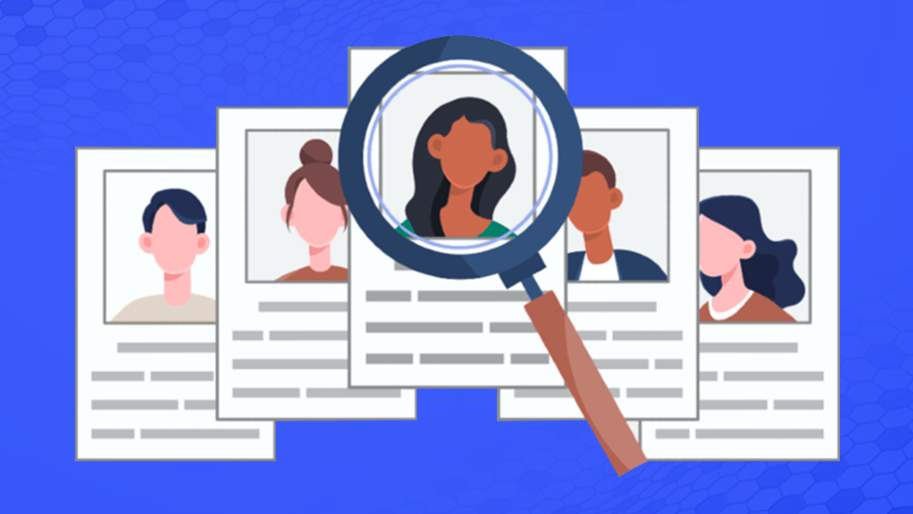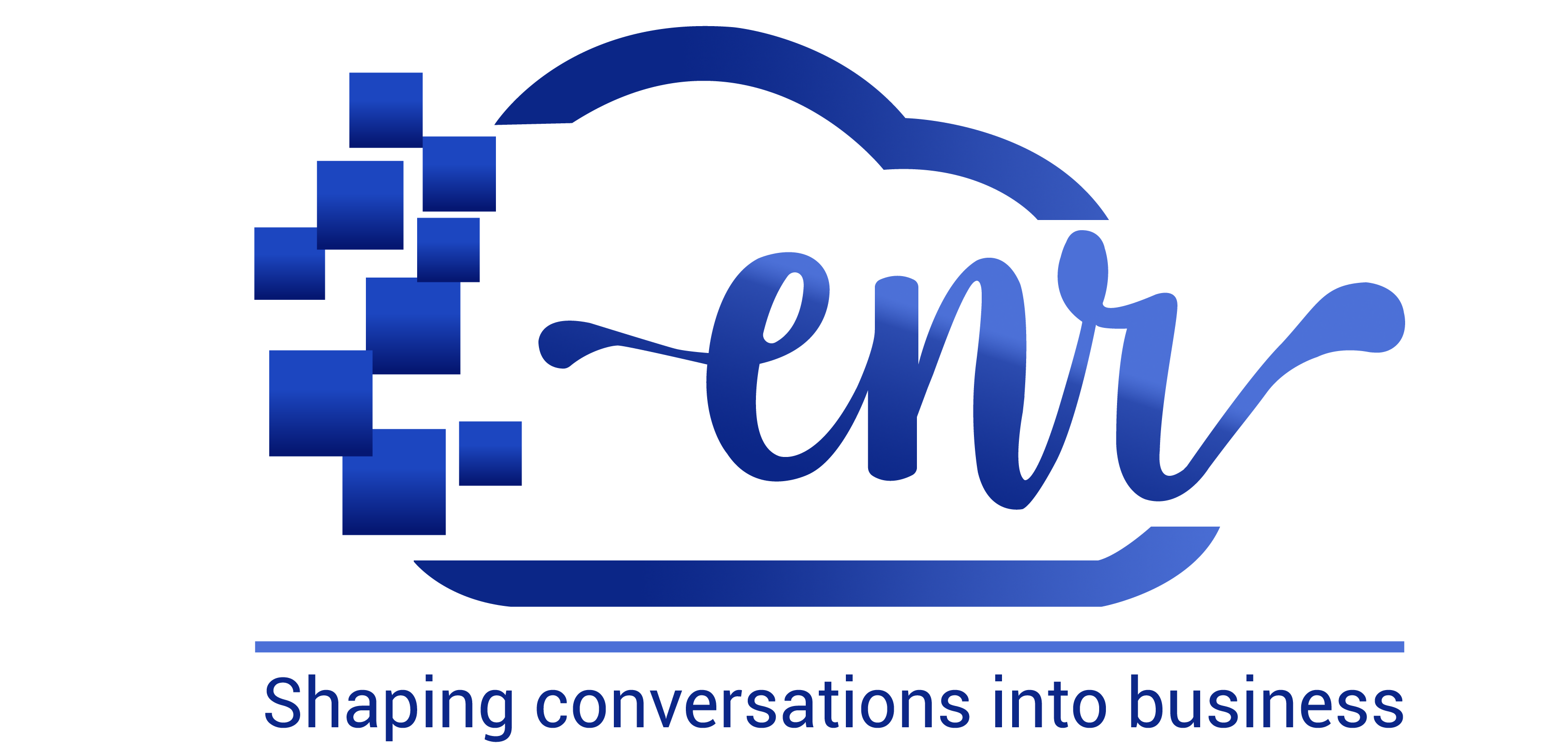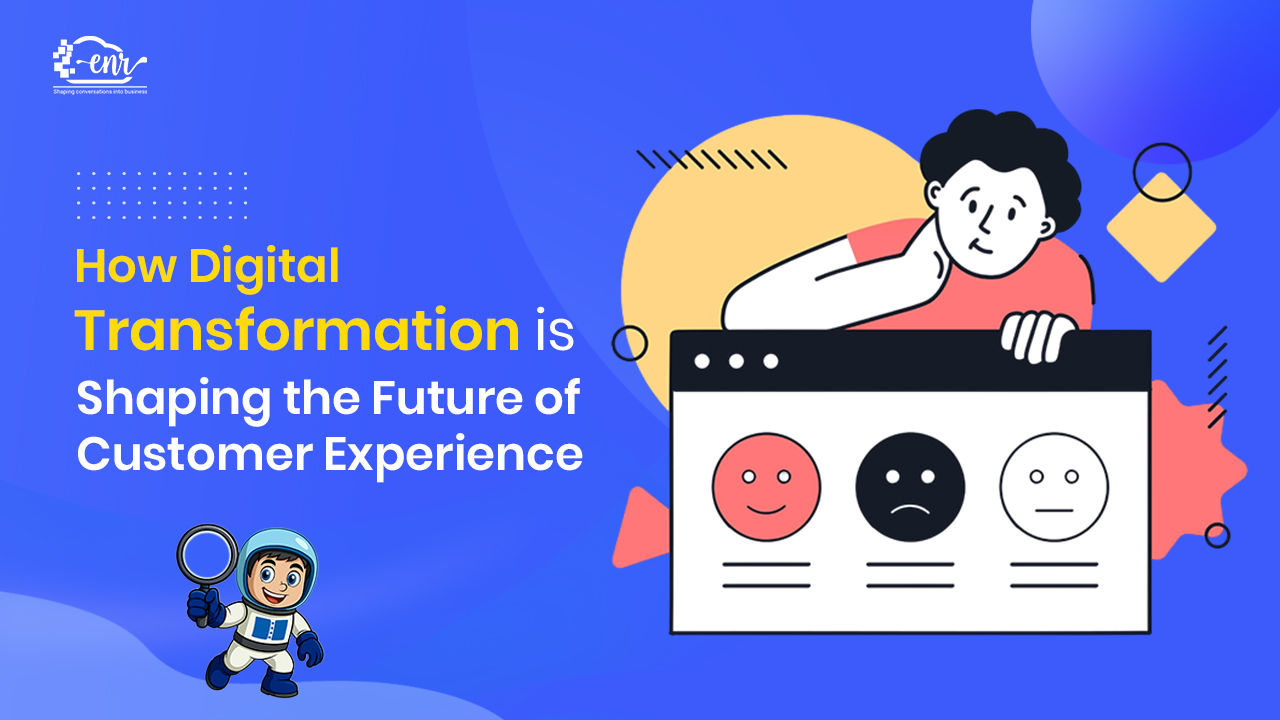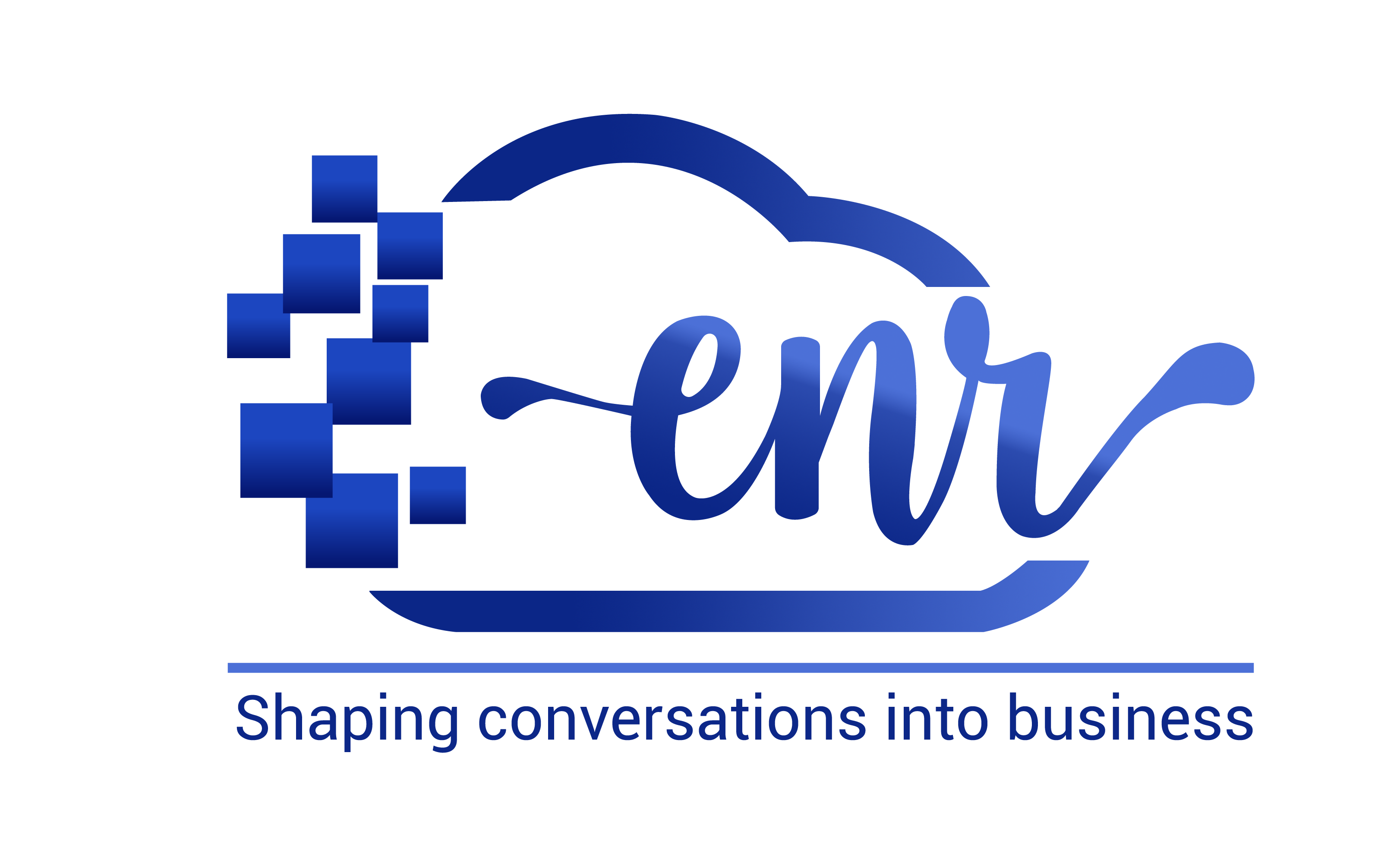Picture this, it’s your turn to host the Diwali party for your friends; it is customary to give gifts, so naturally you will make efforts to pick the perfect gift for your friends. Each friend is unique with individual needs and preferences. One might like blingy lights, while others will prefer a fitness tool. Naturally you will chose gifts that resonate with their likes and personalities.
As you hand out the gifts, you notice the genuine smiles and thank you that let you know who did a good job. This is customer segmentation at its miniscule. What has it got to do with selling software as a solution, you might ask? The answer is: everything.
If you are looking to scale up or grow your SaaS (Software as a Service), then customer segmentation is the most strategic tool in your kitty. The ability to segment the customer base in clear segments allows SaaS companies to modify their strategy and targets to tailor their offerings, improve customer retention, and optimize customer acquisition strategies for current and future customers.
Scaling SaaS is not just about showcasing your great product; it needs to be backed with a great strategy for customer retention and acquisition. It is about knowing the pulse of your customers, the kind of customers that will need your software, and where to sell your customers. The finely you are able to implement customer segmentation, the more effective will be your growth strategy. In the guide below we will talk more about customer segmentation, its types, and, why it is essential for the growth strategy of SaaS businesses, and actionable steps for implementation.
Table of Contents
ToggleWhy Growth Strategy-Based Customer Segmentation is Important in SaaS?
SaaS, like any other business, grows when its customer base grows. A growing customer base is an indication that the company is doing well. The growth of SaaS relies largely on acquiring, retaining, an expanding the customer base. This requires an understanding of creating balance and optimization of the sales pipeline, nurturing the leads, with CACs and lifetime value. For example, offering free trials or discounts, incentives at sign-up for new users or conducting regular onboarding or webinars to help retain users.
What is Customer Segmentation SaaS?
In simple words, segmentation is the way of dividing the targeted and existing customers into smaller groups based on similar characteristics. The segmentation can be on the basis of
Demographics (geography, industry, company size, etc.)
Behavioral (time of use, usage frequency, ways, and frequency of product adoption, etc.)
Psychographic (customer values, priorities, goals, influence, etc.)
Revenue potential (high-spend, low-spend, value-based customers, etc.)
For SaaS companies, segmentation helps in optimize their sales pipeline and support strategies by gaining a deep insight into diverse customer needs, and aligning products and marketing.
Customer Segmentation for SaaS Growth Strategy Boosts
Lead Generation: by identifying potential customers who will benefit from the product and gathering their priorities.
Lead Qualification: Segmentation helps identify customers with the highest conversion potential based on behavioral and demographic analysis.

Offering a Demo and Trial: Depending on what a customer needs, you can tailor the demo/trial of the SaaS to help them visualize how it works out.
Negotiation and Closing: Good segmentation means you will know which pain points to address when negotiating the deal and closing and onboarding the new customer.
Customer Retention: The better you know your customers, the easier it is to provide the customer service as needed, boost investment in the customers, and update them on the product.

Basically, customer segmentation in SaaS growth strategies helps build a marketing persona, or product user persona helping them position their software more effectively and visibly.
Growth Metrics that SaaS Scale-Ups need to Monitor
To know that they are on the right path a SaaS business will invest in various measurement metrics such as Customer Acquisition Cost, Customer Lifetime Value, Monthly Recurring Revenue, Churn Rate, and active users, and all of these are directly connected with how effectively they are able to use the customer segmentation data analysis.
Why Customer Segmentation is Crucial for SaaS Scaleups?
Because 80% of SaaS consumers say they are more likely to do business with a brand that personalizes their experience. They like to feel special, and customer segmentation helps the software do just that. Ideal Customer Profile is one of the key benefits of segmentation.
Here are some important reasons why customer segmentation and analysis are not just needed but very crucial:
Tailored and Personalized Product Offerings
SaaS often have broad capabilities, but not every feature is for everybody. Using customer segmentation ensures that you are pitching the relevant features to the group according to the user’s styles, desires, and quirks. Saves time, and money, and boosts chances of conversion.
Enhanced Customer Retention

Making the right call at the right time can make or break your business. Good decisions for a SaaS come from strategic growth thinking and understanding of market dynamics in real-time. And that is what customer segmentation helps you do. Understanding customer needs will help deliver more personalized support and reduce the churn rates.
Optimized Marketing Efforts
Targeted SaaS marketing efforts boost customer relationships, so say 98% of marketers. Segmentation helps identify the target groups with higher conversion potential, thus improving ROI noticeably.
Revenue Boost
Customer segmentation identifies high-value customers, enabling cross-sell and upsell opportunities.
Strategic Resource Allocation
Using customer segmentation in growth strategy planning needs careful consideration of customer segmentation to allocate the resources efficiently for getting the highest returns. Customer segmentation helps create a gourmet experience for each customer, enticing them to come back again.
Increased Customer Satisfaction on Loyalty

When customers know that you care about them and have done the ‘homework,’ they will listen to what you have to offer. The success of your SaaS will depend directly on the number of satisfied and loyal consumers. Understating the pain points, usage pattern, and then tailoring your communication is the key to a successful growth strategy.
Finding New Trends and Opportunities
Studying the behaviors and preferences in the segment enables tracking the trend and opportunities. Using customer segmentation, shift SaaS can anticipate the evolving customer preferences and industry shifts and quickly imbibe them in their growth strategies to unlock great untapped revenue potential.
Using Customer Segmentation for SaaS Growth Strategy
Knowing what your customers are looking for can be the game changer for your business. Segmentation helps draw a roadmap pointing you in the direction of where to channel your energy and resources. Segmentation helps you understand the ‘why’ behind the customer choices to help you grow on scale.
There are many different segmentation models to choose from. Remember there is no one size fits all. Some factors that influence segmentation are:
- Geographic
- Age wise
- Urbanization or rural
- Income
- Relationship status
- Family
- Job type
Types of Segmentation
- Demographic (who)
- Geographic (where)
- Psychographic (what they like)
- Behavioral (what they like and how they engage)
- Revenue (how much they earn)
- Need based (what they are looking for)
- Customer Journey (onboarding, regular, expansion)
- Firmographic (industry type)
- Technographic (platforms and data)
Here are the basic steps to implement customer segmentation in a SaaS growth strategy
Define your segmentation goals
Gather and analyze customer data using AI tools and CRM
Chose the segmentation criteria
Create customer profiles and Ideal Customer Profile
Tailor the strategies for scale up in each segment
Regularly monitor and refine the segmentation
Final Thoughts
Understanding the customers is the key to building user relationships that will stand the test of the time. By delivering solutions that resonate with customer needs and aspirations, your SaaS company can position itself as an indispensable partner in the customer journey. Customer segmentation is the pivotal strategy for SaaS scale-ups and sustainable growth. it is also the key to better engagement, high retention, and boosted revenue.
Read Also: Navigating the Intelligent Automation Landscape: Trends, Challenges, and Opportunities
Written By – Ritika Khanna
Ritika Khanna is a senior product solution expert at EnRcloud and a part of the marketing consultancy and growth team. Helping brands to address their Engagement and Retention problem statement using New Age and AI Powered Marketing Automation Platforms. Apart from this, I am adaptive to any work environment and also a good team player.





